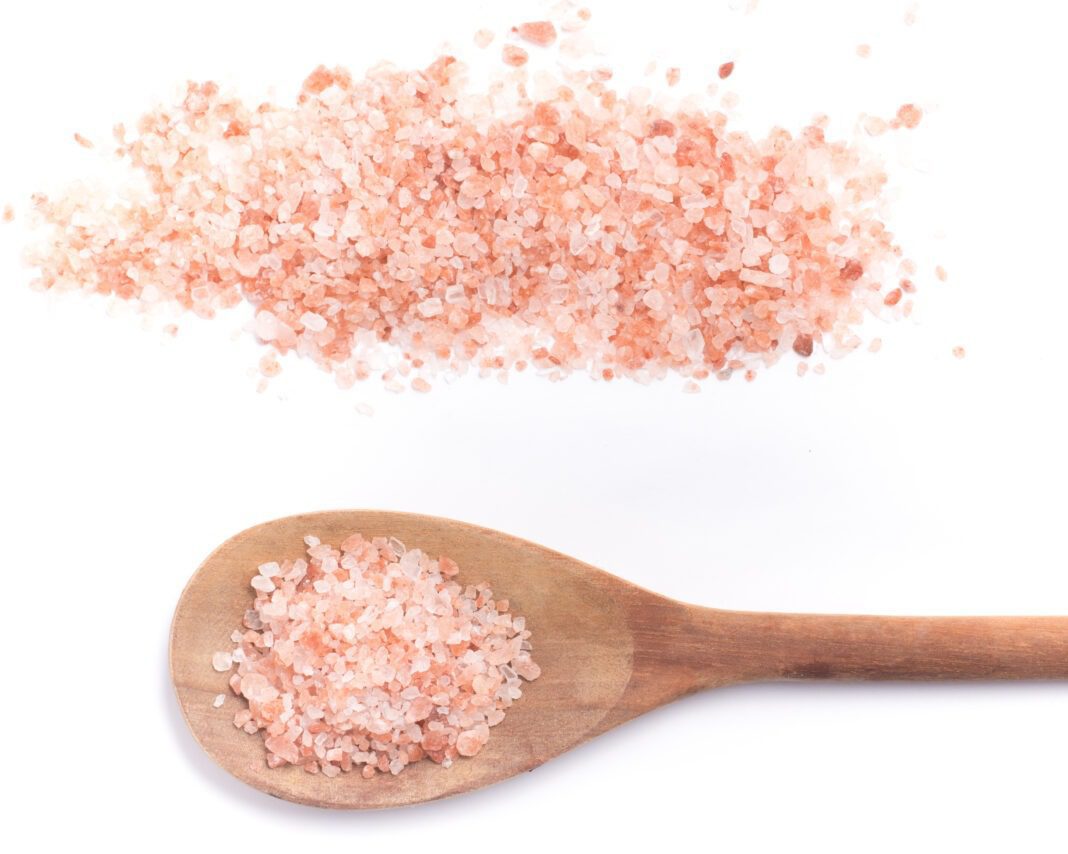Introduction
Himalayan salt is now a day gaining importance worldwide. It is basically crystallized and rich in minerals, therefore, it is becoming more and more popular not only in grande cuisine and luxury hotels but also in several homes. The Himalayan salt is more expensive than the sea and other salts. This salt is characterized by its distinct pinkish color, due to the presence of iron oxide, which can provide health benefits.
Common names
Pink salt, Rock salt, Halite, Saindha salt, Himalayan salt, Himalayan rock salt, Himalayan pink salt
Geographical distribution
Himalayan salts are mined at the Khewra, Kalabagh, and other salt mines from Salt Range Hills in Pakistan, the region of the Indo-Gangetic Plain.
Composition of Himalayan salt
It contains 84 of the 92 trace elements including potassium, calcium magnesium, silicon, titanium, iron, zinc, fluoride, and small amounts of numerous trace minerals (1). According to the USDA nutrition database, Himalayan salt contains almost an equal amount of sodium (95-98% sodium chloride) as table salt and all the minerals are below the limits set by the World Health Organization (WHO) and Food and Agriculture Organization (FAO) (2, 3).
| Compound | Amount |
| Sodium chloride | 98.30% |
| Moisture content | 0.11% |
| Water | 0.40 % |
| Sulphate content | 0.28 % |
| Calcium | 0.30 % |
| Magnesium | 0.12 % |
| Potassium | 0.046% |
| Trace metals | |
| Iron | 0.24 mg/kg |
| Copper | 1.85 mg/kg |
| Chromium | 0.36 mg/kg |
| Manganese | 0.21 mg/kg |
| Zinc | 0.12 mg/kg |
| Arsenic | 0.18 mg/kg |
| Lead | 0.10 mg/kg |
Health benefits of Himalayan salt
1. Himalayan salt is rich in minerals
One of the main health benefits of Himalayan salt is a large number of naturally occurring minerals found such as magnesium, silicon, titanium, iron, zinc, chromium, calcium, potassium, aluminum, and sulfur.
The concentration of these minerals is higher than any other salt. These elements are concentrated in the red crystals of the Himalayan salts which are important to normal organ function within the body (4).
2. Good for those having kidney problems
Himalayan salt is rich in magnesium (within the safety limit). The interesting thing is that this magnesium is available in the form of sulfate and carbonate and therefore this salt is not harmful to patients who are suffering from chronic kidney disease.
Along with this, Himalayan salt contains zero or amount of aluminum which is beneficial for kidney disease patients because aluminum causes renal osteodystrophy, bone disease, osteomalacia, and other forms of the disease. Therefore Himalayan salt is more suitable than other edible salts for the patient suffering from kidney disease (5).
Side effect of Himalayan salt
1. Risk of fluorosis
Himalayan salt contains natural fluoride (170 ppm fluoride) which is beneficial for the health of the body like bones and teeth but the ingestion of fluoride in drinking water with this salt increases the risk of fluorosis thus precaution should be needed before consumption (6).
2. Presence of toxic and radioactive compound
As we know Himalayan salt contains a rich amount of minerals but it also contains some poisons such as mercury, arsenic, lead, and radioactive compounds like radium, uranium, polonium, plutonium, and many others which will harm your body however this amount is lower than the average annual effective dose but more research should be needed before consumption (7).
3. Absence of significant amounts of iodine
Himalayan salt doesn’t contain essential amounts of iodine which is important for the human body and prevents goiter disease.
Himalayan salt vs. Sea salt
The Himalayan salt is relatively purer than sea salt. Unlike sea salt, the Himalayan salt hardly undergoes any refinement process. This salt is simply rinsed, cleaned, and dried stone ground, and ready to ship. But sea salt undergoes a long process of refinements like evaporating water from oceans or saltwater lakes.
Sea salt also contains trace amounts of heavy metals and synthetic polymers (microplastics) due to pollution in the sea which is harmful to the human body and gives long-term adverse effects resulting from human exposure to these particles (8).
Q&A
1. Does Himalayan salt raise Blood pressure?
Himalayan salt contains a rich amount of minerals with a lower or equal content of sodium. Which causes weight loss reduction of blood pressure and other benefits. Although there is no scientific evidence or authentic research done so far (9).
2. Is Himalayan salt good for you
Himalayan salts are no healthier than regular salt. You can add this salt to your diet but discuss it with your doctor before intake of Himalayan salt for the treatment of any condition. Moreover, nowadays possible fraud or adulteration is also reported by popular media by adding synthetic food dyes in common table salts for sale as Himalayan salt thus precaution should be needed before consumption.
4. Where to buy Himalayan salt?
Himalayan salt is found in most drug stores, supermarkets, and online pharmacies. And is also available as a powder, pill supplement, or even as a liquid extract additive in health beverages.
5. What are the benefits of Himalayan pink salt?
Himalayan salt is a rich source of mineral elements. Hence it plays an important role in the health of the person, especially for the kidney patient. However, these minerals are very small amounts and the cost of this salt is 2-3 times higher than normal salt.
